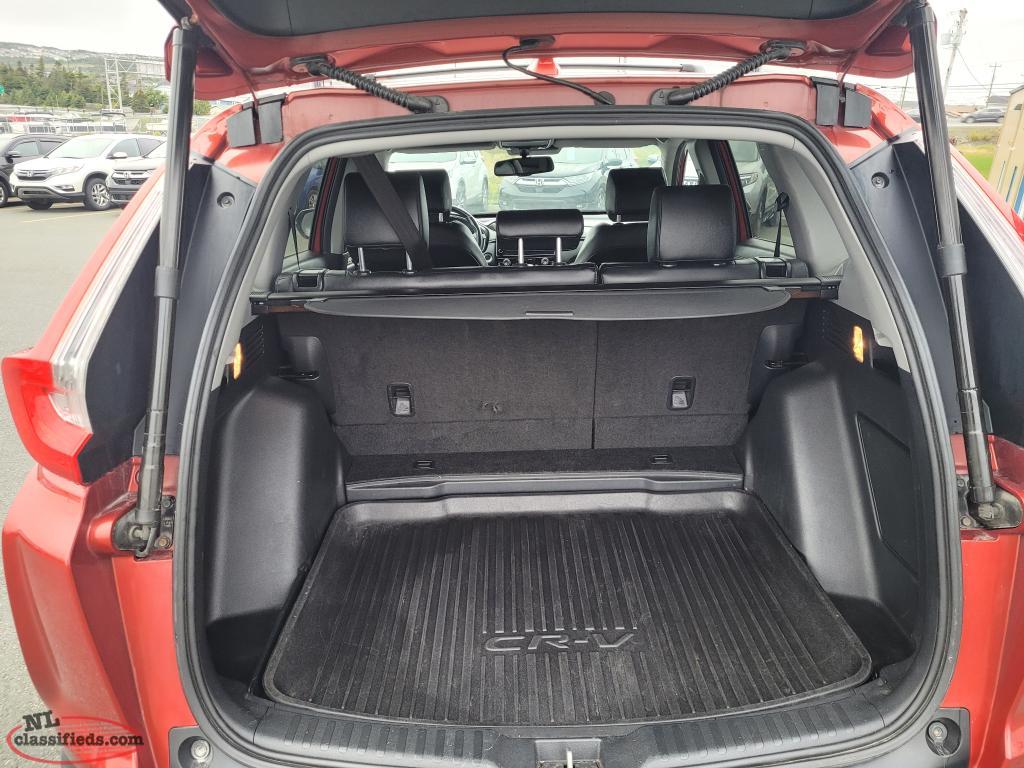
Knowing the pros and cons of a CVT can help you figure out if it will be right for you and your particular needs on the road.īetter Fuel Economy: Because a CVT doesn’t use gears, it is not beholden to the gear ratios that are built into the transmission. While a CVT’s design is meant to always use the optimal amount of engine power, there are some tradeoffs that come with it.

Pros and Cons of a CVT:īefore you can decide if a CVT is the best option for your vehicle, you have to know some of the benefits and drawbacks.

Before you decide on whether or not you should buy a car, you should know everything about it that you possibly can.īy having a good working knowledge of the difference between a CVT and automatic transmission, you can make the best choice for your new vehicle purchase. Most modern vehicles, such as the Honda CR-V, Subaru Forester, Toyota Corolla, and Nissan Maxima, will come with either a CVT or automatic transmission as the standard equipment. Usually, a modern automatic transmission has between six and ten speeds, while a CVT will your current driving situation and your vehicle's speed to fall into the ideal gear ratio for any given moment.īecause these two types of transmissions have different designs and ways of transferring power, they also have their own sets of strengths and weaknesses.

A continuously variable transmission, or CVT, is a transmission that has an infinite number of gear ratios instead of the set number of ratios that comes with an automatic transmission.


 0 kommentar(er)
0 kommentar(er)
